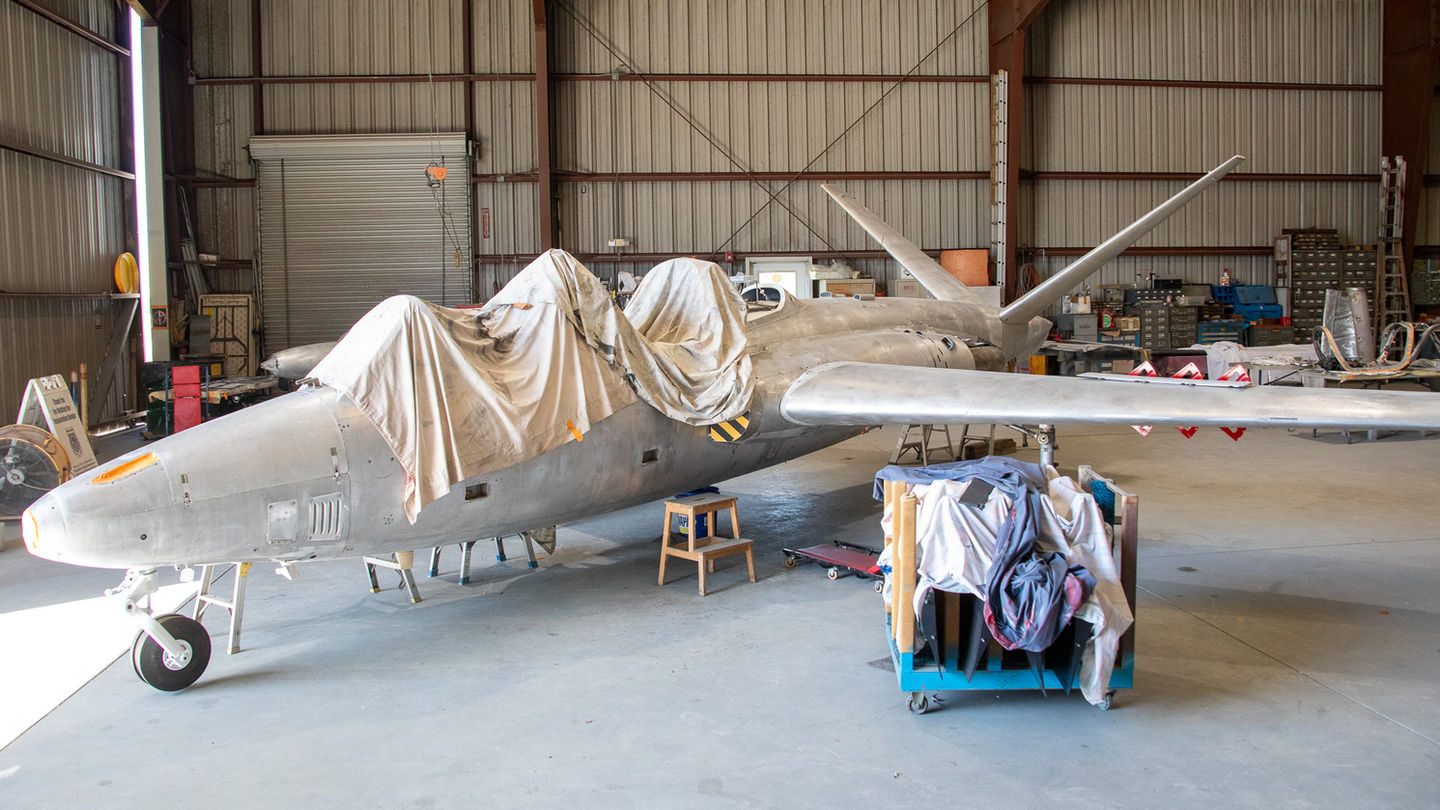Create Your First Project
Start adding your projects to your portfolio. Click on "Manage Projects" to get started
Fouga CM.170 Magister
First Flight
10 November 1949
Location
Restoration Hangar
Dimensions & Capacity
Crew: 2 (Pilot, Instructor)
Length: 10.06 m (33 ft 0 in)
Wingspan: 12.15 m (39 ft 10 in) (over tip tanks)
Height: 2.80 m (9 ft 2 in)
Empty Weight: 2,150 kg (4,740 lb)
Max Take Off Weight: 3,200 kg (7,055 lb)
Performance
Speed: Maximum 715 km/h (444 mph, 386 kn) at 30,000 ft (9,100 m)
Service Ceiling: 11,000 m (36,000 ft)
Range: 1,200 km (750 mi, 650 nmi) (with external tanks)
Airworthiness
Static Aircraft
Armament
Guns: 2 × 7.5 mm or 7.62 mm machine guns, 200 rounds/gun
Hardpoints: Up to 140 kg (310 lb) of weapons on two underwing hardpoints, including 50 kg (110 lb) bombs, unguided rockets, and Nord Aviation SS.11 anti-tank missiles.
Loan Status
This aircraft is owned by the Valiant Air Command
The Fouga CM.170 Magister is a 1950s French two-seat jet trainer aircraft, developed and manufactured by French aircraft manufacturer Fouga. Due to industrial mergers, the aircraft has been variously known as the Fouga CM.170 Magister, Potez (Fouga) CM.170 Magister, Sud Aviation (Fouga) CM.170 Magister, and Aérospatiale (Fouga) CM.170 Magister, depending on where and when they were built.
In 1948, development commenced at Fouga on a new primary trainer aircraft design that harnessed newly developed jet propulsion technology. The initial design was evaluated by the French Air Force (Armée de l’Air, AdA) and, in response to its determination that the aircraft lacked sufficient power for its requirements, was enlarged and adopted a pair of Turbomeca Marboré turbojet engines. First flying on 23 July 1952, the first production order for the type was received on 13 January 1954. Export orders for the Magister were received, which included arrangements to produce the type under license in West Germany, Finland, and Israel. In addition, the related CM.175 Zéphyr was a carrier-capable version developed and produced for the French Navy. While primarily operated as a trainer aircraft, the Magister was also frequently used in combat as a close air support platform by various operators. In the latter capacity, it saw action during the Six-Day War, the Salvadoran Civil War, the Western Sahara War, and the Congo Crisis. In French service, the Magister was eventually replaced by the Dassault/Dornier Alpha Jet. After its retirement by the French Air Force, Magisters were purchased by several private-owner pilots in the US and have since been operated in the experimental category.














